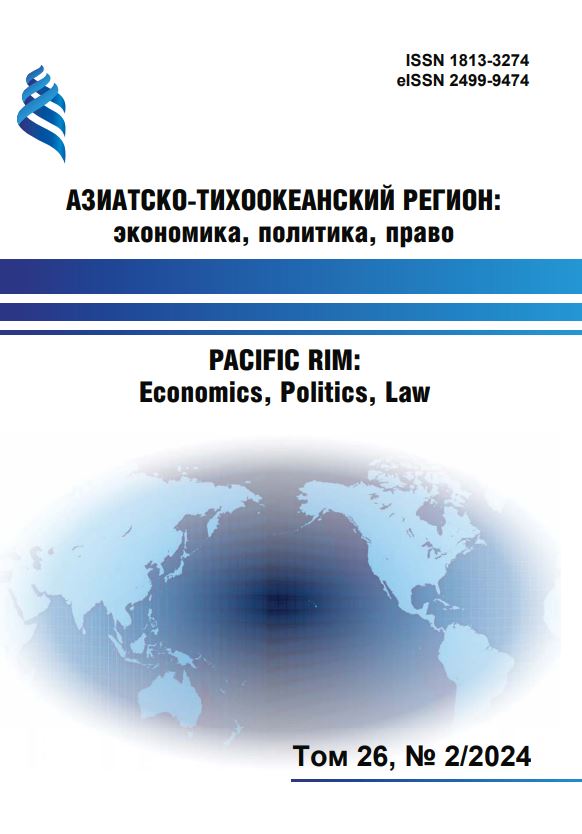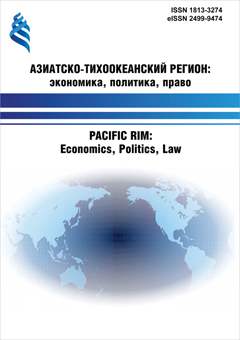Military Power as an Instrument of Implementing Chinese Interests in the Sea
DOI:
https://doi.org/10.24866/1813-3274/2024-2/92-106Keywords:
naval power, maritime strategy, sea power, two seas concept, World Ocean, navy, blue-water navy, aircraft carriers, naval bases, Strait of Malacca, Asia PacificAbstract
The article studies the role of China's naval power in achieving its national interests at sea. It also considers the evolution of the Chinese maritime strategy, which went through three successive stages after the founding of New China: the priority of coastal defense during Mao Zedong’s era; activities in the near seas under Deng Xiaoping; and the open ocean strategy in the new millennium, accompanied by the implementation of the strategic goal of becoming a great maritime power. As these transformations progressed, the scope of the Chinese maritime interests expanded accordingly, spreading from regional seas to the world's oceans. This required modernization of the fleet and creation of the blue-water navy. Thus, China could be able to project its power and protect both economic and geopolitical interests in distant areas of the world. The modernization of the ships was not the only element of this process, the creation of the first aircraft carriers and foreign naval base also played a great role. The top priorities of the Chinese navy, in addition to ensuring national security, involve protecting rights to disputed territories in the South China Sea, reunification with Taiwan, as well as geopolitical rivalry with the United States, relations with which are gradually becoming more tense. As for the distant seas, China is pursuing mainly economic goals, such as protecting its transport communications, as well as geopolitical ones, which consist in spreading its global presence and thus changing the balance of power both in the Asia-Pacific region and in the world.
Downloads
Downloads
Published
Issue
Section
License
Copyright (c) 2024 Мария Евгеньевна Навдаева

This work is licensed under a Creative Commons Attribution-NonCommercial-NoDerivatives 4.0 International License.



